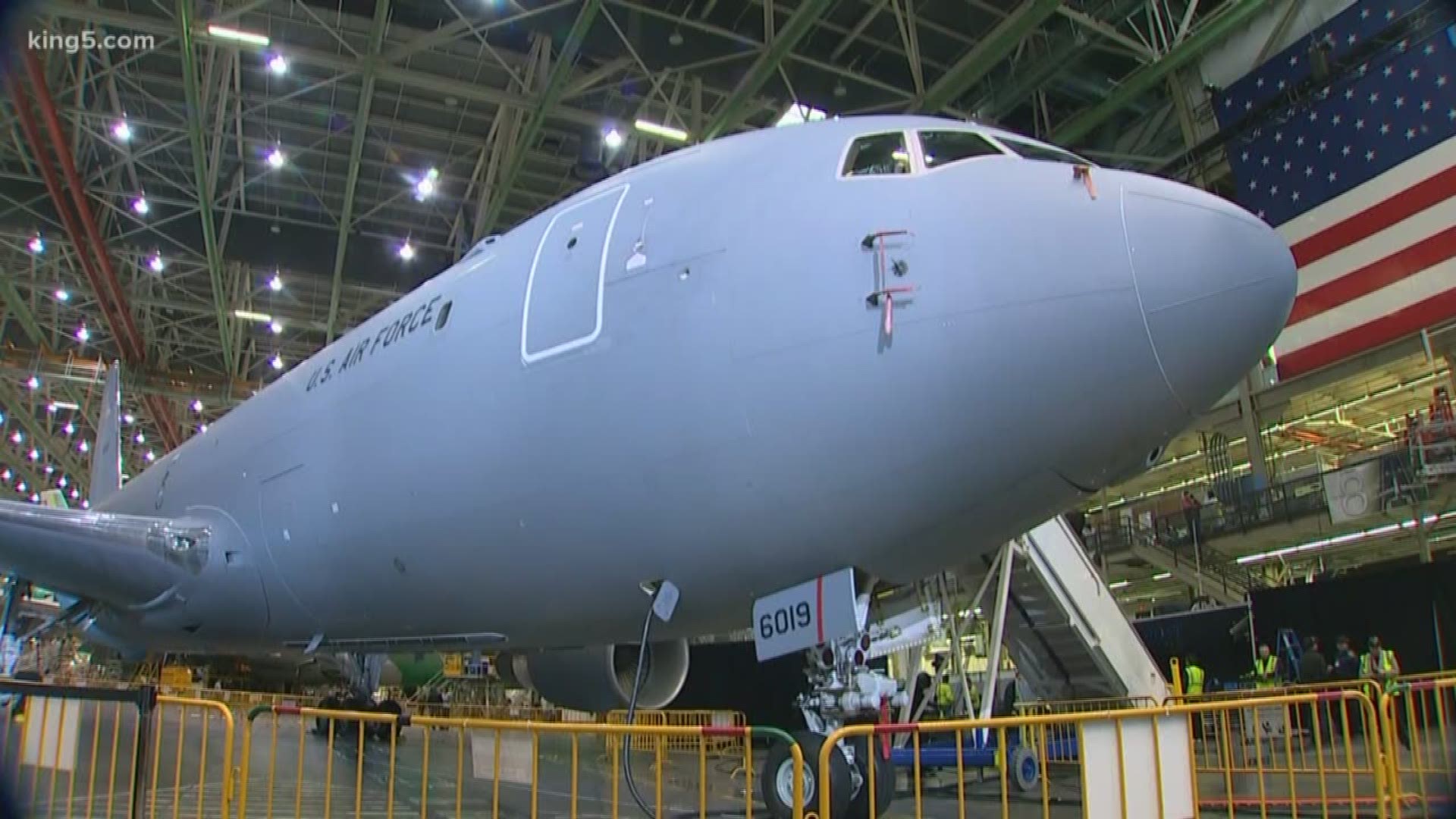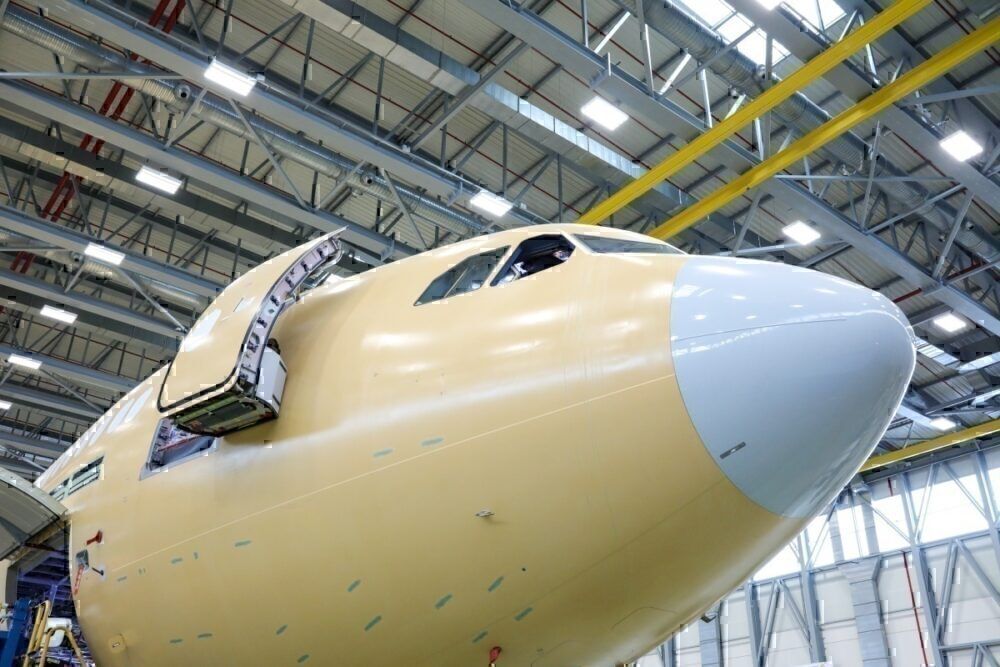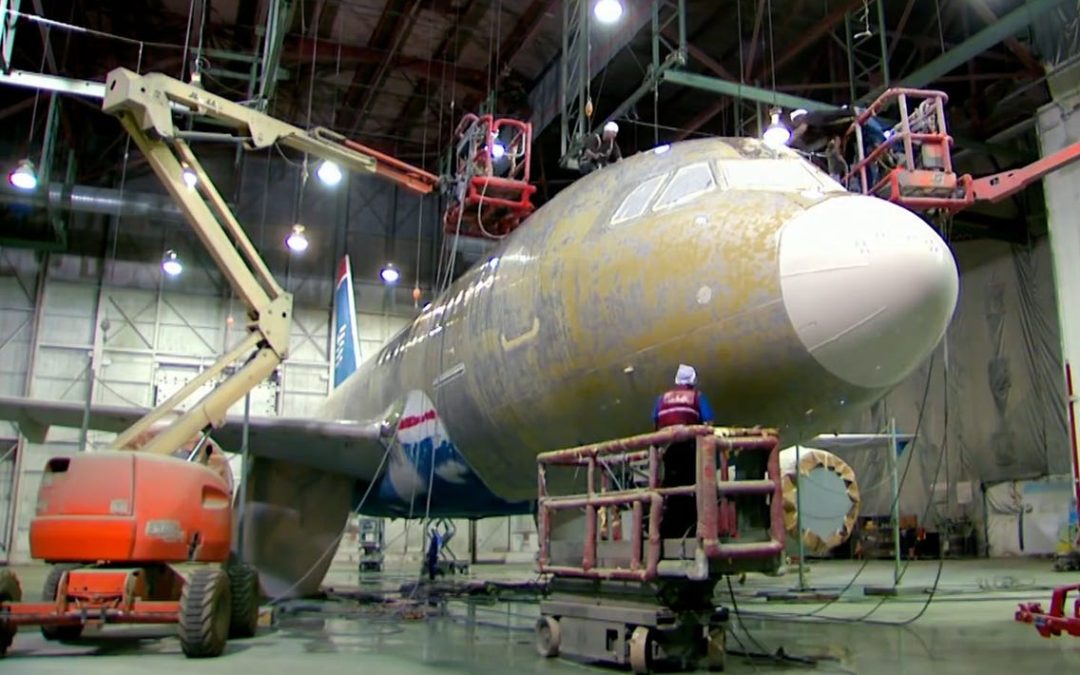In the aerospace industry, ensuring the consistency and quality of aircraft paint is paramount. With advanced automated inspection technologies, maintaining aircraft paint consistency has reached new heights. This article delves into the critical methods, industry standards, and benefits of using automated systems for maintaining impeccable paint consistency in aircraft.

The Importance of Paint Consistency
The appearance of an aircraft is more than just an aesthetic concern. Paint consistency is crucial for protecting the aircrafts surface from environmental factors, reducing drag, and ensuring compliance with stringent aerospace standards.
Traditional Methods vs. Automated Inspection
Limitations of Manual Inspection
Manual inspection of aircraft paint can be time-consuming and prone to human error. While skilled technicians play a vital role, the precision and repeatability of automated systems surpass manual methods.
Introduction to Automated Inspection Technology
Automated inspection technologies leverage advanced sensors, machine learning, and robotics to provide a thorough and reliable assessment of paint consistency across the aircraft’s surface. This innovation addresses many limitations found in traditional inspection methods.
The Technology Behind Automated Inspection
Advanced Sensors
Advanced sensors are capable of detecting minute variations in paint thickness, color, and adhesion. These sensors ensure that any deviations from the set standards are promptly identified.
Machine Learning Algorithms
Machine learning algorithms allow the system to learn from past inspections, improving accuracy over time. These algorithms can identify patterns and predict potential issues before they become critical.
Robotic Systems
Robotic systems equipped with precision tools can perform consistent and repeatable inspections. These systems are particularly effective in accessing hard-to-reach areas of the aircraft.
Implementing Automated Inspection Systems
Preparation and Setup
Setting up an automated inspection system involves initial calibration and integration with existing aircraft maintenance processes. This ensures seamless operation and accurate results.
Integration with Current QA Processes
Automated inspection systems can be integrated with current quality assurance processes, providing real-time data and insights that enhance overall efficiency. For instance, linking this system with high-speed genetic analysis and sequencing monitoring can offer a holistic view of the aircraft’s condition.
Benefits of Automated Inspection
Enhanced Accuracy
Automated inspection technologies provide unparalleled accuracy in detecting inconsistencies. This leads to higher standards of quality and reduced risk of error.
Increased Efficiency
These systems streamline the inspection process, reducing downtime and increasing productivity. This efficiency can be seen in various industries, such as high-speed semiconductor wafer polishing inspection and semiconductor manufacturing inspection.
Cost-Effective Solutions
Although the initial investment may be significant, the long-term savings in reduced rework and heightened efficiency make automated systems a cost-effective solution.
Case Studies and Real-World Applications
Successful Implementations
Numerous aerospace companies have successfully implemented automated inspection systems, resulting in improved aircraft performance and extended paint life.
Lessons Learned
Learning from these implementations can guide new adopters in optimizing their use of automated technologies for paint consistency.
Future Trends in Automated Inspection
Integration with AI
The future of automated inspection lies in further integration with artificial intelligence, enhancing predictive capabilities and decision-making processes.
Expansion to Other Industries
Automated inspection technologies are not limited to the aerospace sector. Industries such as automotive and heavy machinery are also beginning to adopt these advanced systems.
Challenges and Solutions
Overcoming Technical Hurdles
While automated systems offer many advantages, they also present technical challenges. Addressing these hurdles is key to maximizing their potential.
Training and Adaptation
Proper training and adaptation are crucial for technicians to harness the full capabilities of automated inspection systems.
Conclusion
Maintaining aircraft paint consistency with automated inspection is a game-changer for the aerospace industry. The benefits of enhanced accuracy, increased efficiency, and cost-effective solutions make this technology a vital asset for Quality Assurance professionals.
For more detailed information on aircraft painting methods, you can refer to external resources such as this guide from 3M.

FAQ
1. What are the main benefits of automated inspection systems?
Automated inspection systems offer enhanced accuracy, increased efficiency, and cost-effective solutions for maintaining aircraft paint consistency.
2. Can automated systems completely replace manual inspection?
While automated systems provide superior accuracy and efficiency, skilled technicians are still essential for overseeing and managing the process.
3. What industries can benefit from automated inspection technologies?
Apart from aerospace, industries such as automotive, heavy machinery, and semiconductor manufacturing can benefit from automated inspection technologies.
